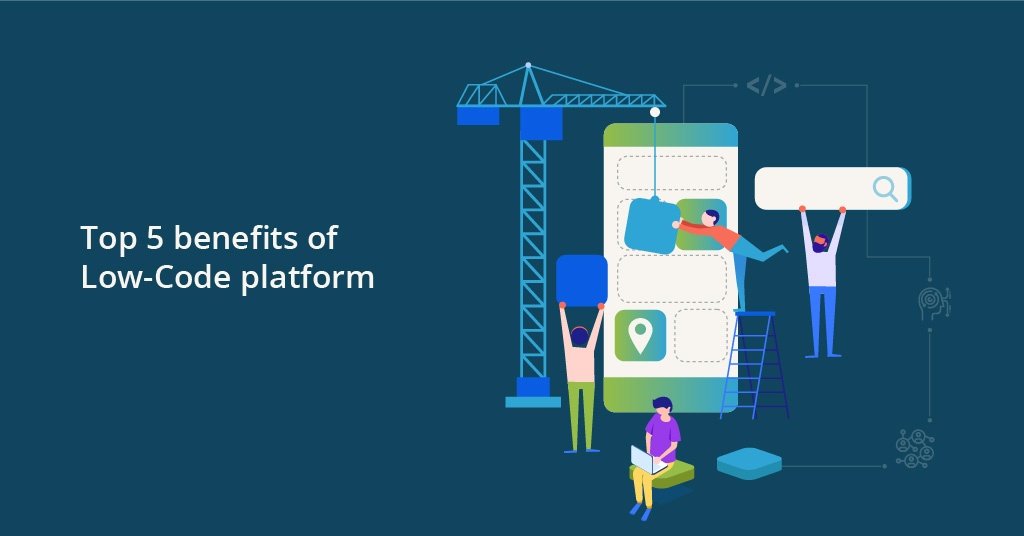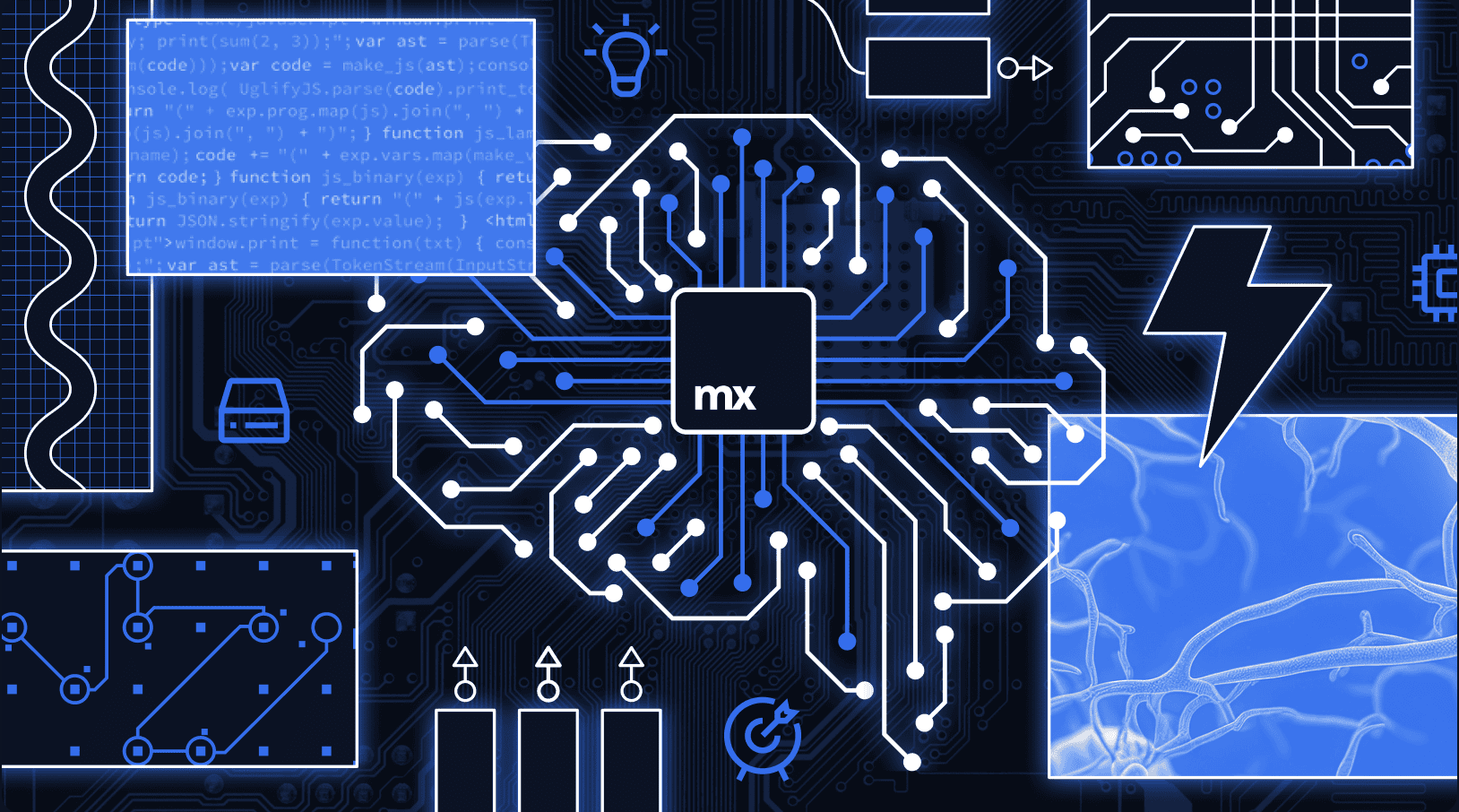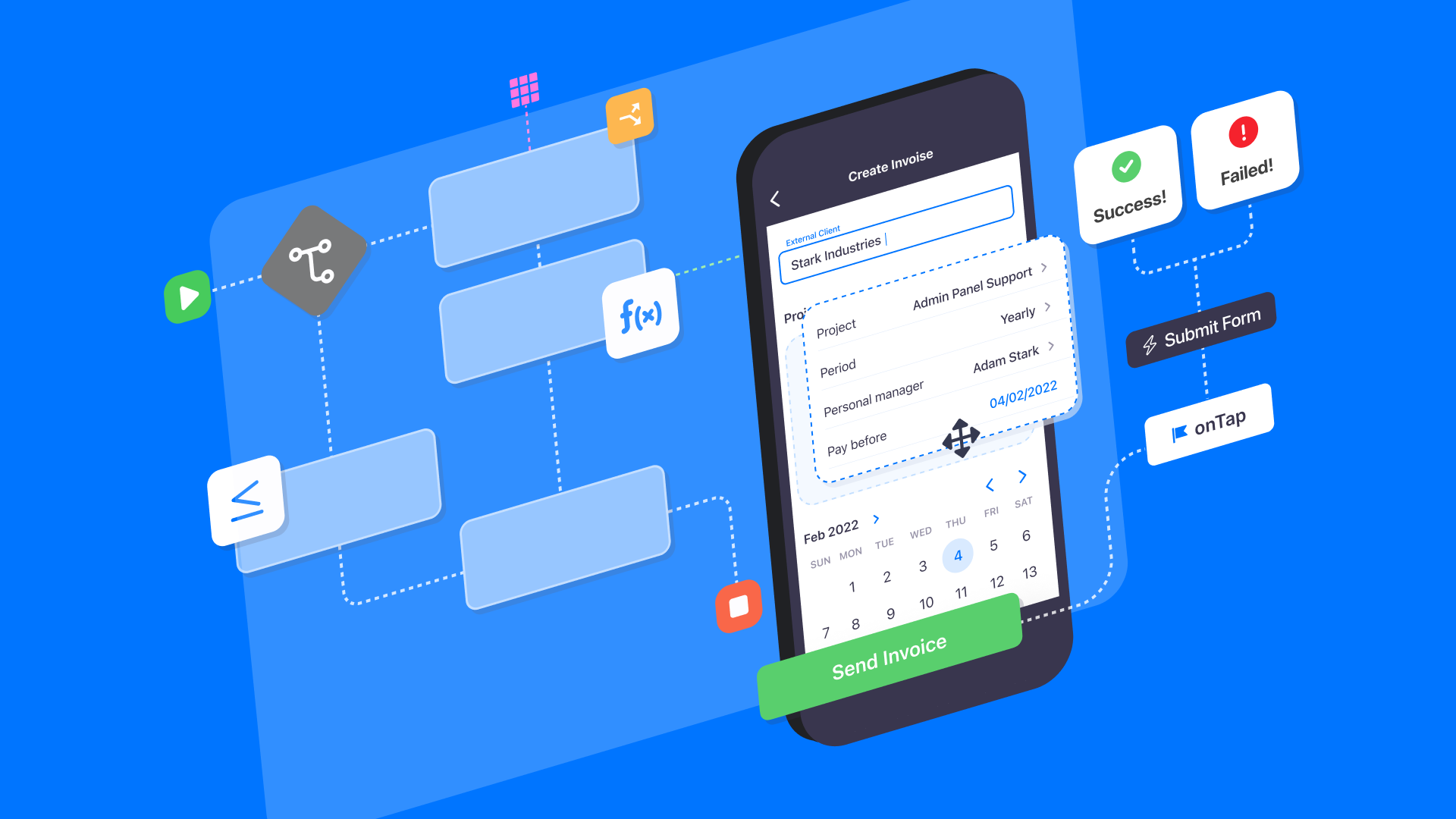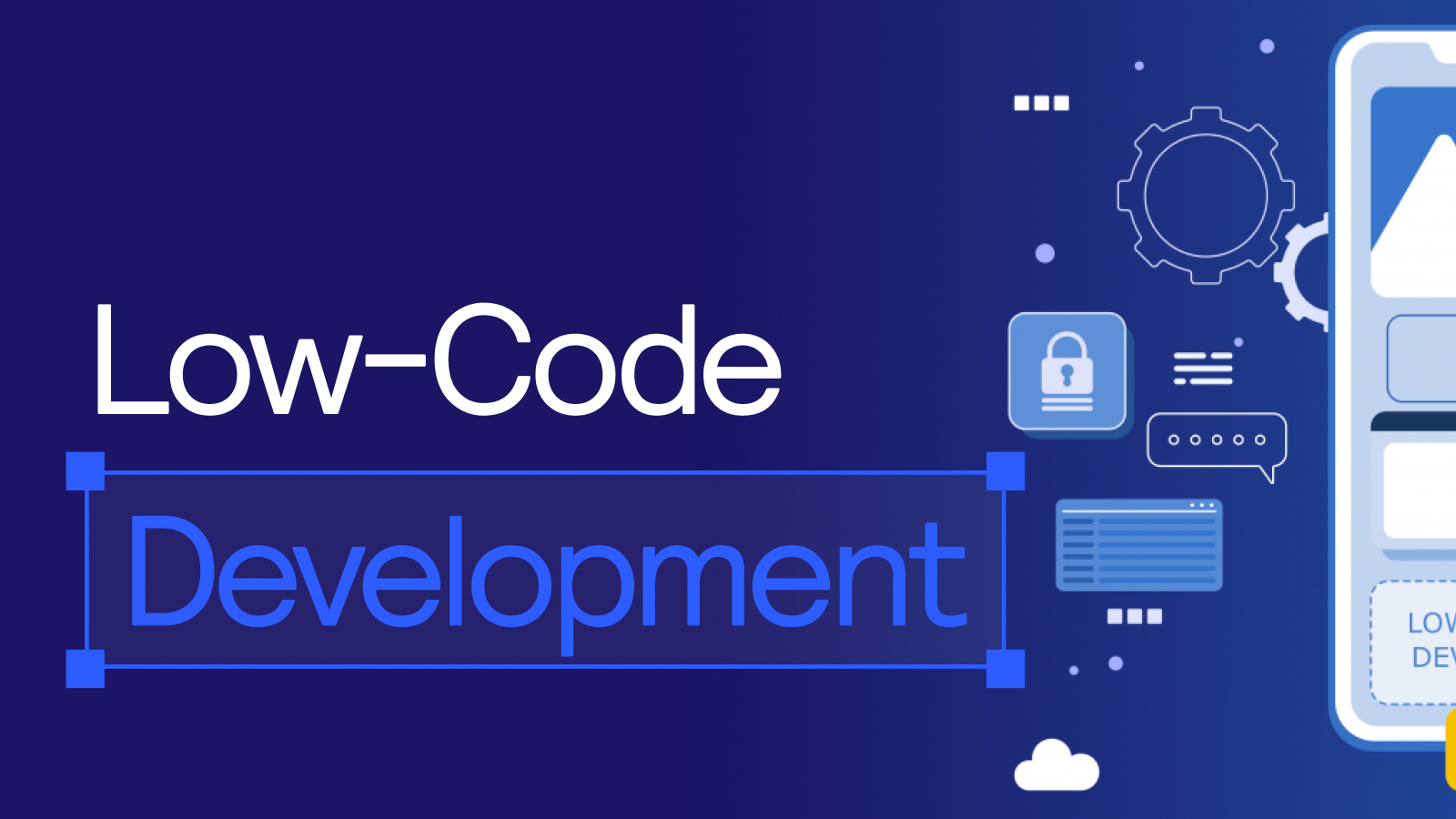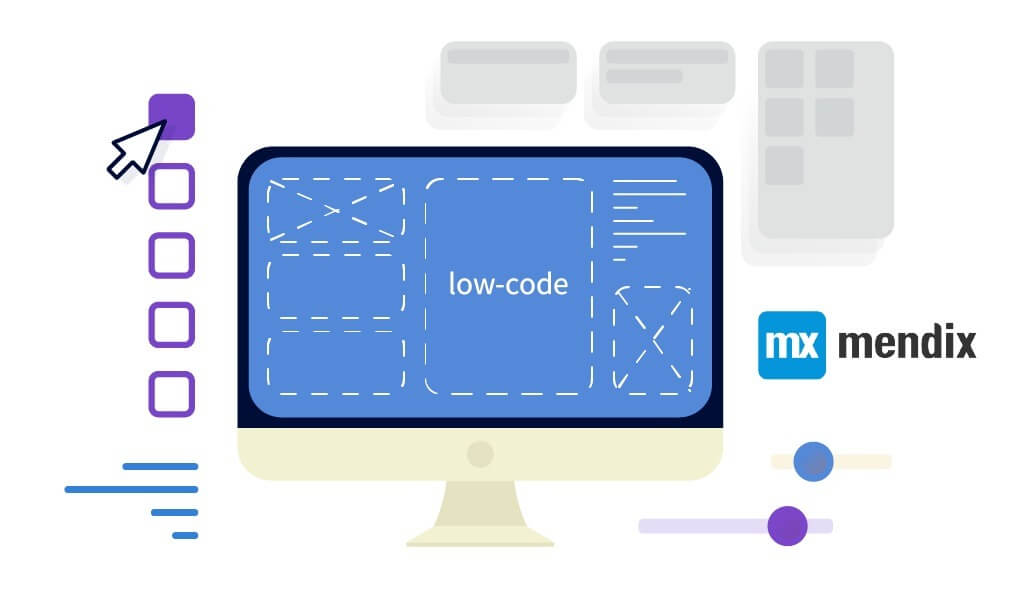
In the fast-paced world of software development, businesses are increasingly turning to low-code platforms to accelerate digital transformation. Mendix, a leading low-code application development platform, has integrated artificial intelligence (AI) to further streamline the development process. Mendix AI Assistance is designed to enhance developer productivity, reduce errors, and simplify complex development tasks. This essay explores the capabilities, benefits, and implications of Mendix AI Assistance in modern software development.
Capabilities of Mendix AI Assistance
Mendix AI Assistance provides intelligent recommendations and automation features to help both novice and experienced developers build applications efficiently. Key capabilities include:
- Smart Recommendations: AI Assistance suggests relevant microflows, widgets, and logic components based on the developer’s intent and past usage patterns.
- Automated Debugging: The AI detects inconsistencies, missing dependencies, and potential errors in real time, allowing developers to fix issues proactively.
- Code Completion and Generation: AI-driven code generation reduces manual effort by offering auto-completions and even generating entire logic flows.
- Natural Language Processing (NLP): Developers can describe application requirements in natural language, and Mendix AI Assistance translates them into executable workflows and logic.
- Performance Optimization: The AI identifies inefficient workflows and suggests improvements to enhance application performance and scalability.
Benefits of Mendix AI Assistance
The integration of AI into Mendix provides numerous benefits to organizations and developers:
- Increased Development Speed: By automating repetitive tasks and providing intelligent suggestions, AI Assistance significantly reduces the time required to build applications.
- Improved Accuracy and Quality: The AI-driven debugging and validation tools minimize errors, leading to more reliable and high-performing applications.
- Enhanced Collaboration: With NLP capabilities, non-technical stakeholders can contribute to development by describing functionalities in plain language.
- Reduced Learning Curve: Beginners can quickly adapt to Mendix’s low-code environment with AI-driven guidance, making it easier for organizations to train new developers.
- Cost Efficiency: Faster development cycles and fewer errors lead to reduced development costs, making digital transformation more accessible to businesses of all sizes.
Implications for the Future
Mendix AI Assistance represents a step toward more intelligent and autonomous application development. As AI technology advances, we can expect even more sophisticated automation, such as predictive analytics, real-time user behavior analysis, and seamless integration with other AI-powered tools. The role of developers will evolve, focusing more on strategic decision-making and less on routine coding tasks.
Mendix AI Assistance is revolutionizing low-code development by making application creation faster, more accurate, and accessible to a broader audience. Its intelligent recommendations, automated debugging, and NLP-driven capabilities empower businesses to innovate efficiently. As AI continues to evolve, its integration with low-code platforms like Mendix will further bridge the gap between technical and non-technical users, accelerating digital transformation across industries.

